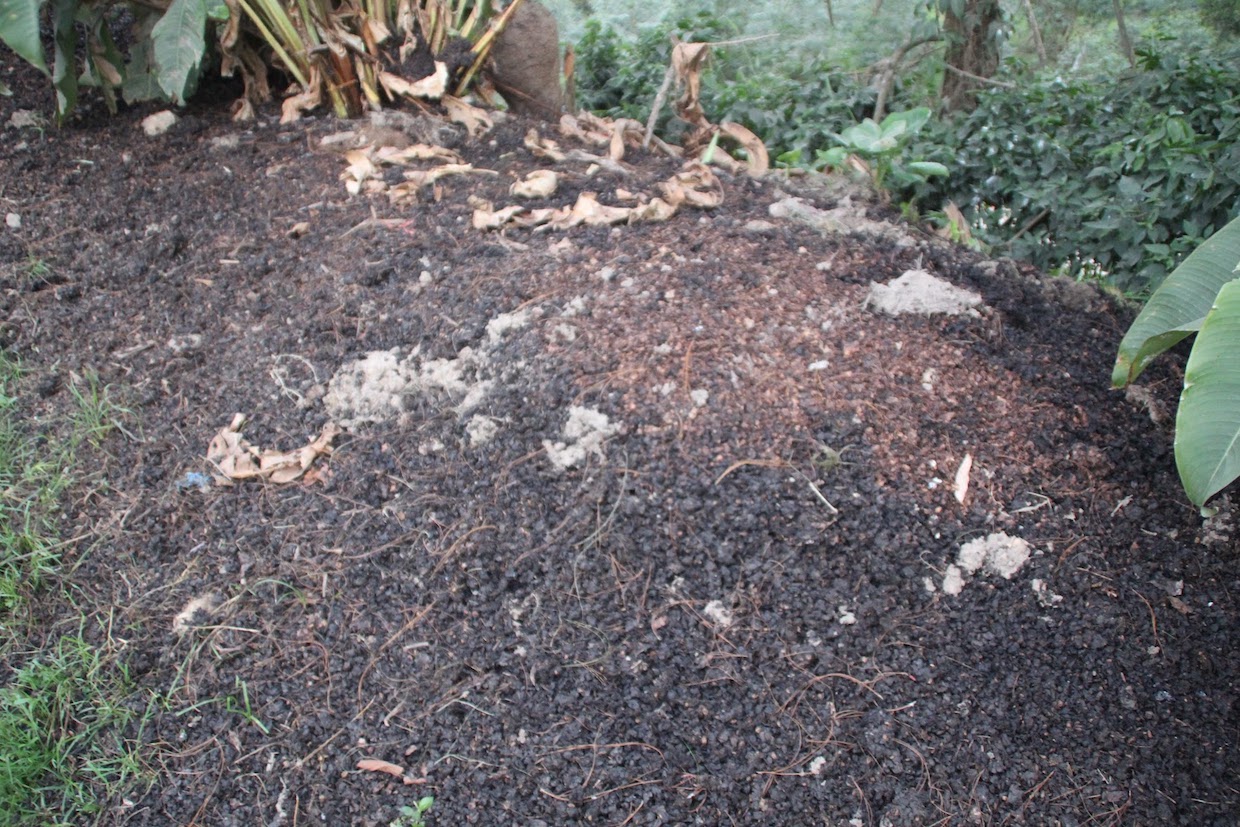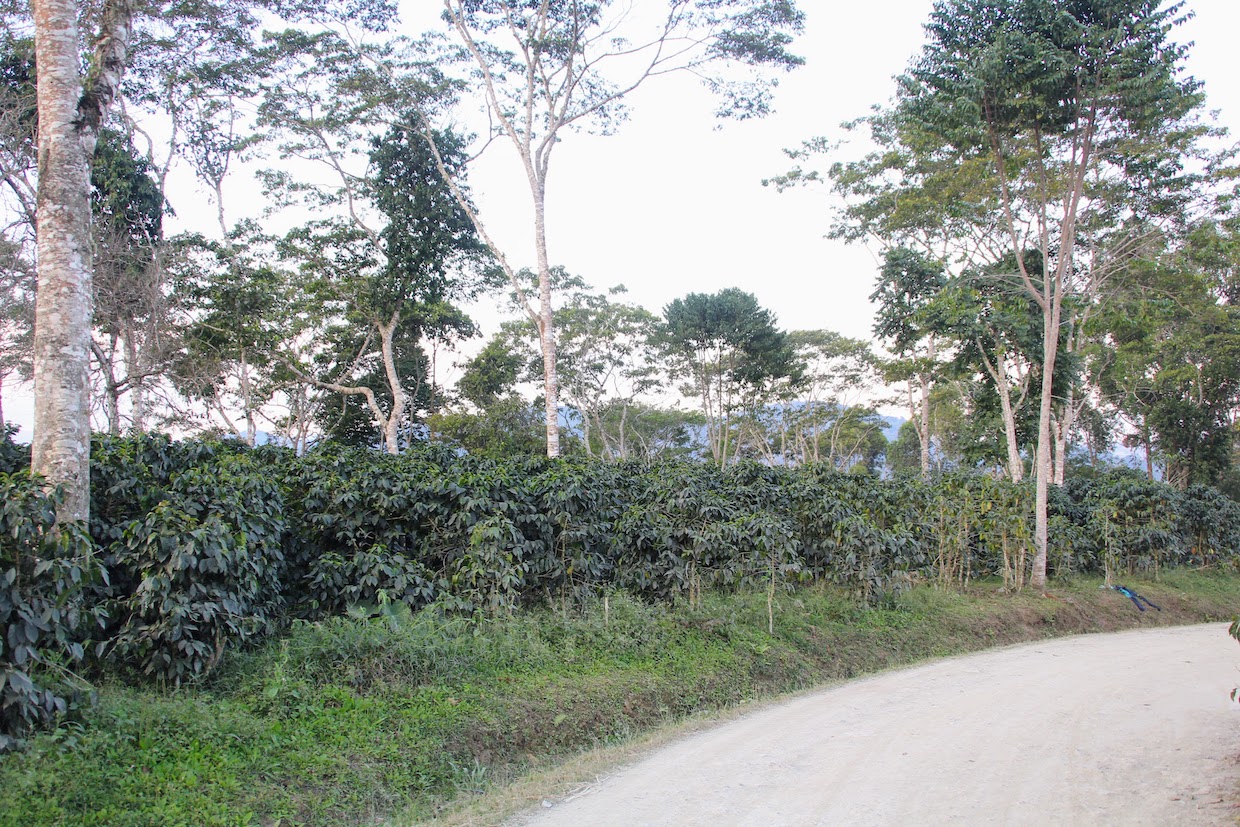A study from Peru shines new light on the environmental impact of green coffee production, finding synthetic fertilizers and untreated coffee pulp to be the largest contributors to carbon emissions.
Led by a team at the Pontificia Universidad Católica del Perú, the study used Life Cycle Assessment (LCA) methodology to calculate the carbon footprint of coffee from seedling to the door of the export warehouse.
The study leans on the notion that the Peruvian coffee sector might be able to benefit from increased global demand for organic-certified, or less environmentally detrimental, products.
“In Peru, organic agriculture has emerged as a promising avenue for creating prosperity through the production of premium, value-added goods,” the authors wrote. “Among the array of agricultural exports from Peru, organic coffee stands out as a highly significant product, celebrated internationally for its exceptional quality.”
Peru remains a global leader in the production and export of organic coffee, with around 90,000 certified organic hectares. Meanwhile, a large portion of Peru’s coffee exports are organic by default, but they are not certified as such due to smaller growers’ inability to pay for costly chemical fertilizers and pesticides.
The new study, which focused on smallholder farmers among cooperatives in the Cajamarca growing region, provided the first major analysis of the environmental differences between certified-organic production and production among farms that were “in transition” towards certification.
Based on the life cycle assessment, the majority of greenhouse gas emissions (59%) from farm to export warehouse came during the cultivation and harvesting stages, which include activities such as fertilization, pruning and pest control. Post-harvest “wet” processing, including pulping and washing, had the second highest carbon footprint (22%), followed by dry coffee processing and transport to the port (19%).
However, the study found broad variability in emissions per kilo depending on the use and amount of synthetic fertilizer, and whether coffee pulp was discarded or transformed into organic fertilizer. For example, the carbon footprint per kilo of coffee was 138% greater among organic-certified farms that did not compost pulp for use as fertilizer.
“Composting has become a preferred option for treating organic waste to obtain a sanitized and stable product that can be used as fertilizer,” the authors wrote. “Composting effectively treats organic waste, improving soil fertility and reducing suppressive effects, turning into a practical and cost-effective technology for agricultural use.”
The full study, titled “Carbon footprint of organic coffee: Peruvian case study,” is being published in the journal Cleaner and Circular Bioeconomy, an Elsevier publication.
Comments? Questions? News to share? Contact DCN’s editors here.








Comment